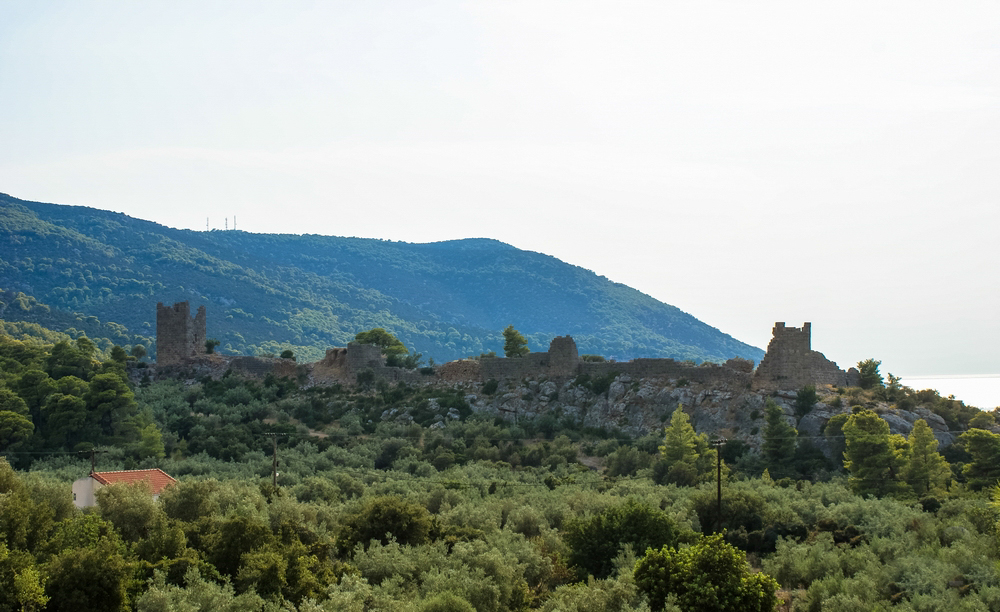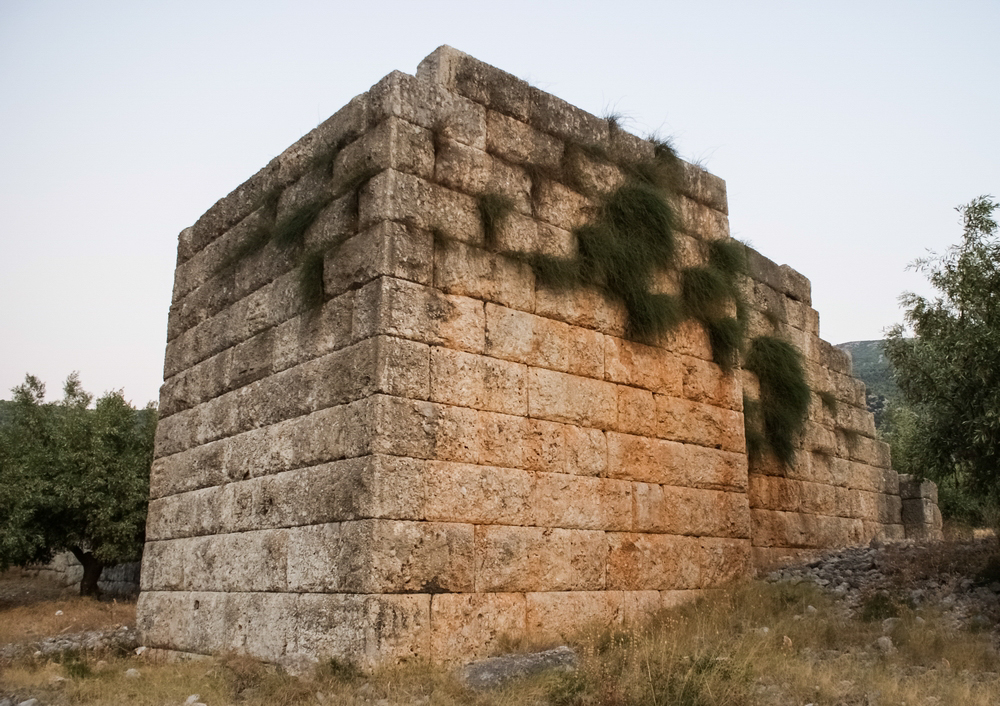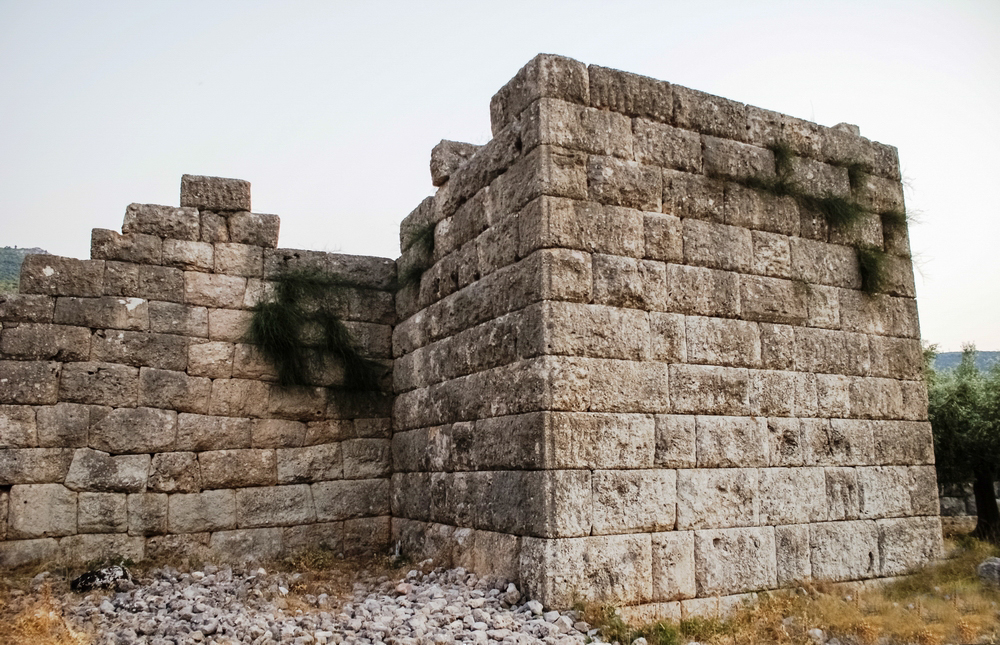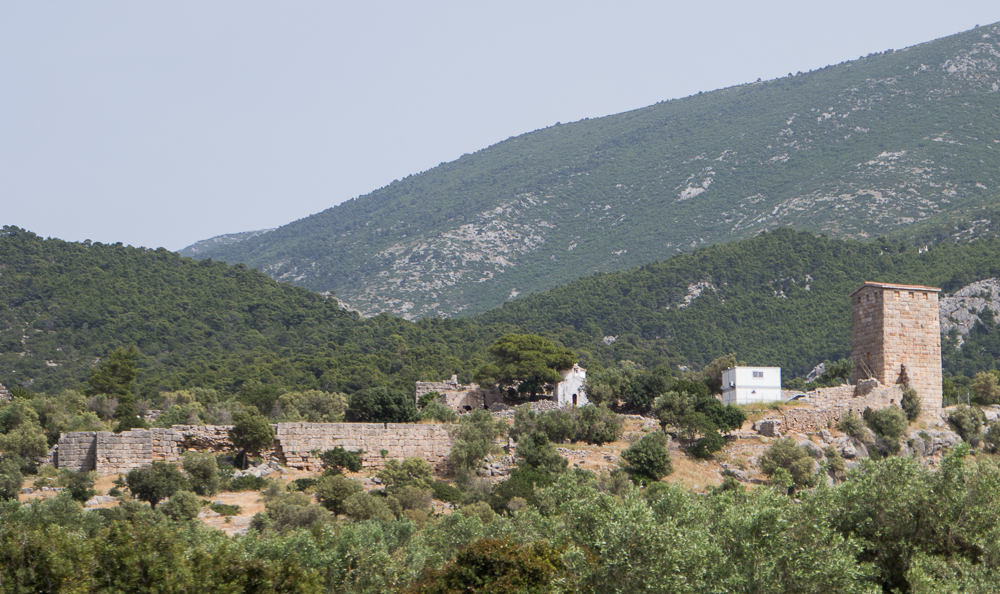Archaeological site of Egosthena
At western Attica, in Porto Germeno, is the archaeological site of Egosthena.
Location
Timeline
Modern and Contemporary era (1821 - )
1981 The 6.7R earthquake in Alkyonides islands destroyed a part of the southeastern tower, which has been restored.
Ottoman era (1453- 1821)
Byzantine era (331 AC- 1453)
Roman era (30 BC- 330 AC)
Hellenistic era (322- 31 BC)
Classical era (478-323 BC)
343 BC The fortress was constructed with the Athenians’ help.







Share